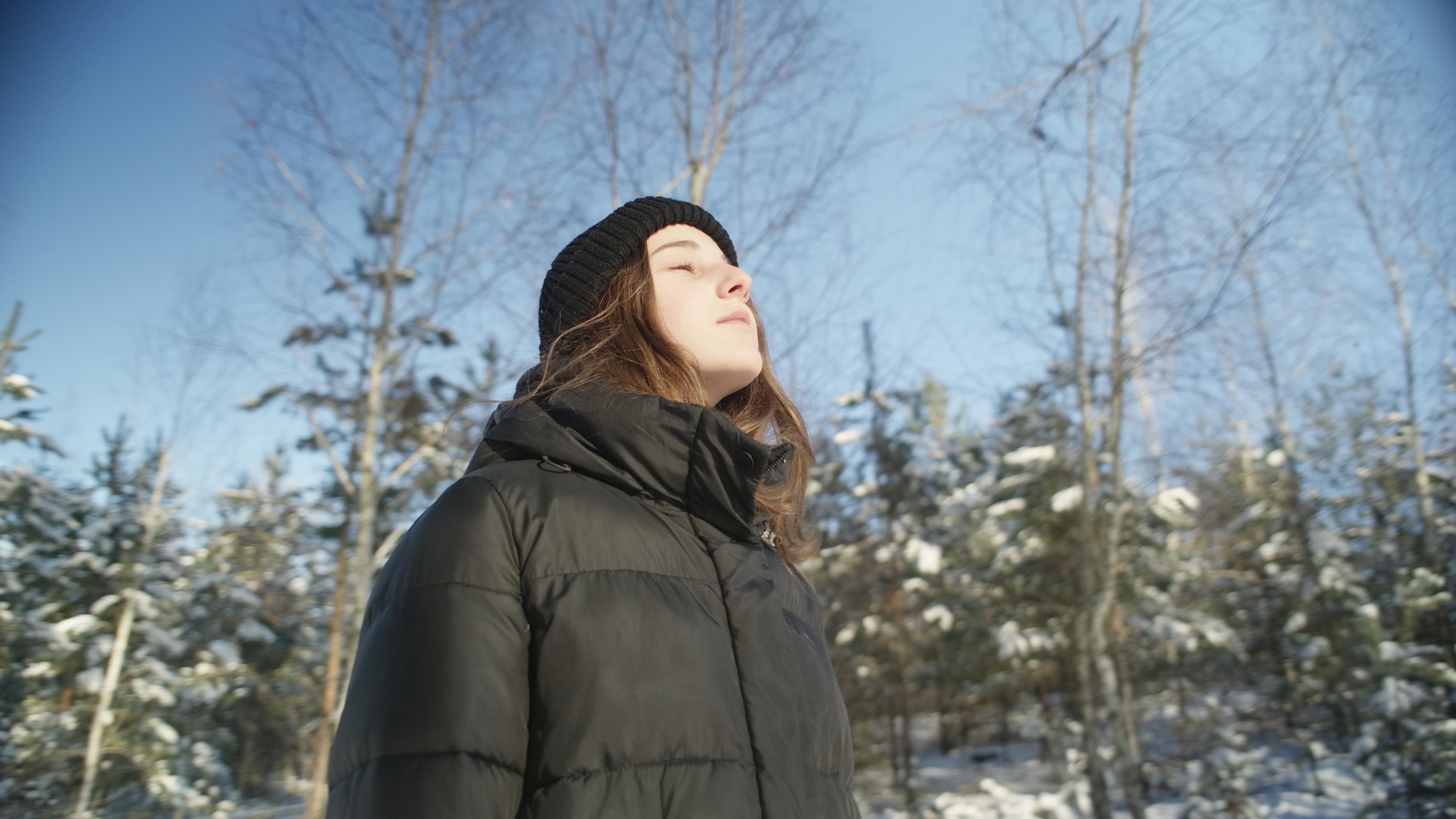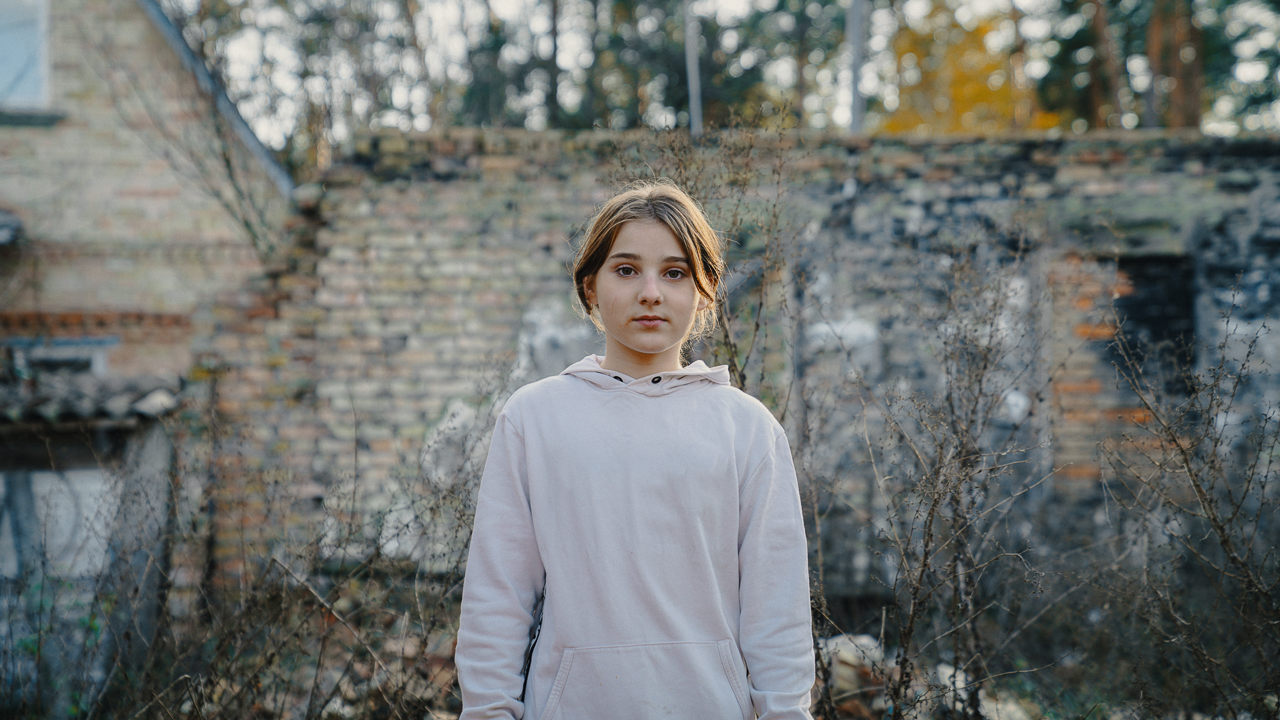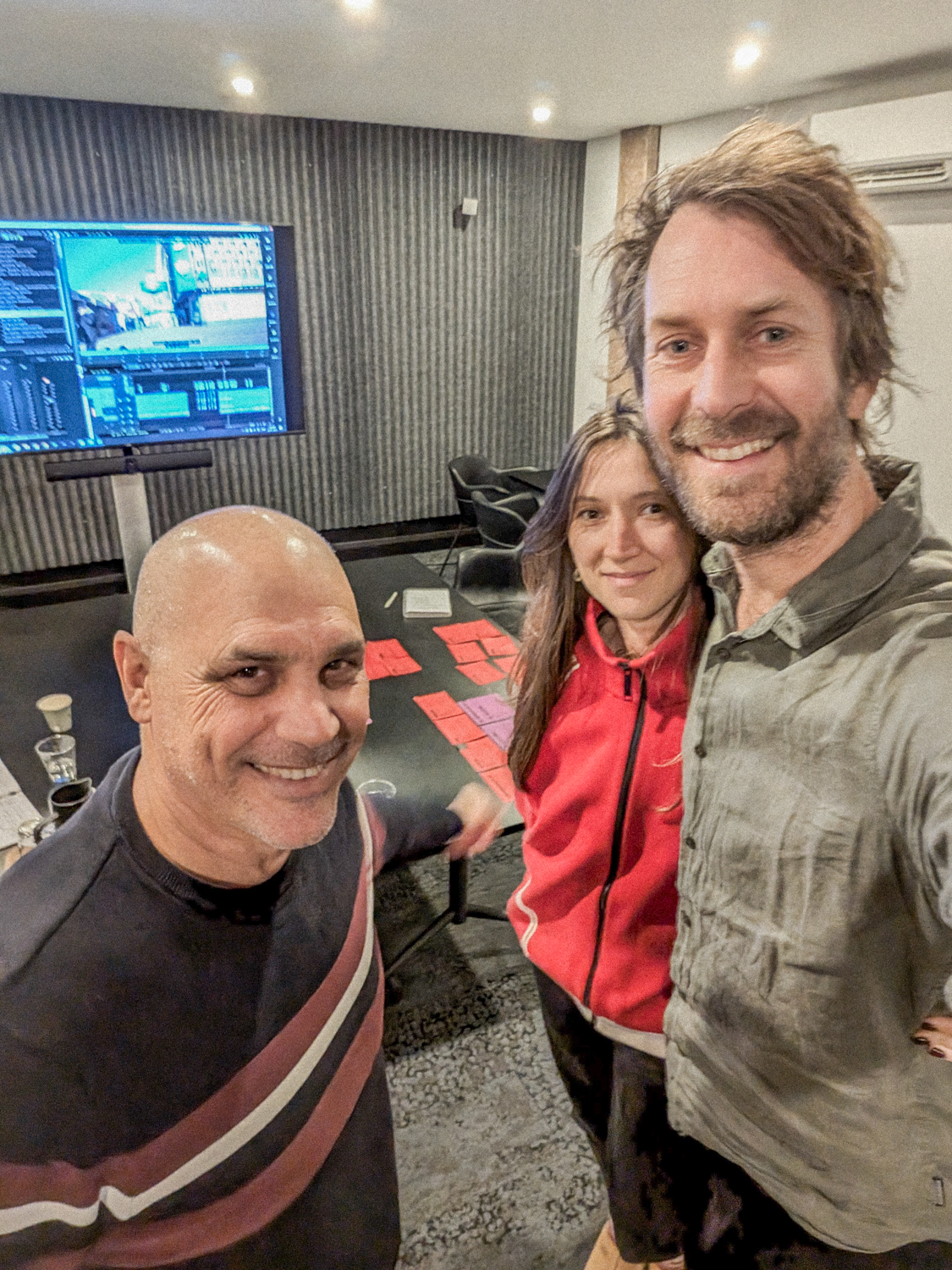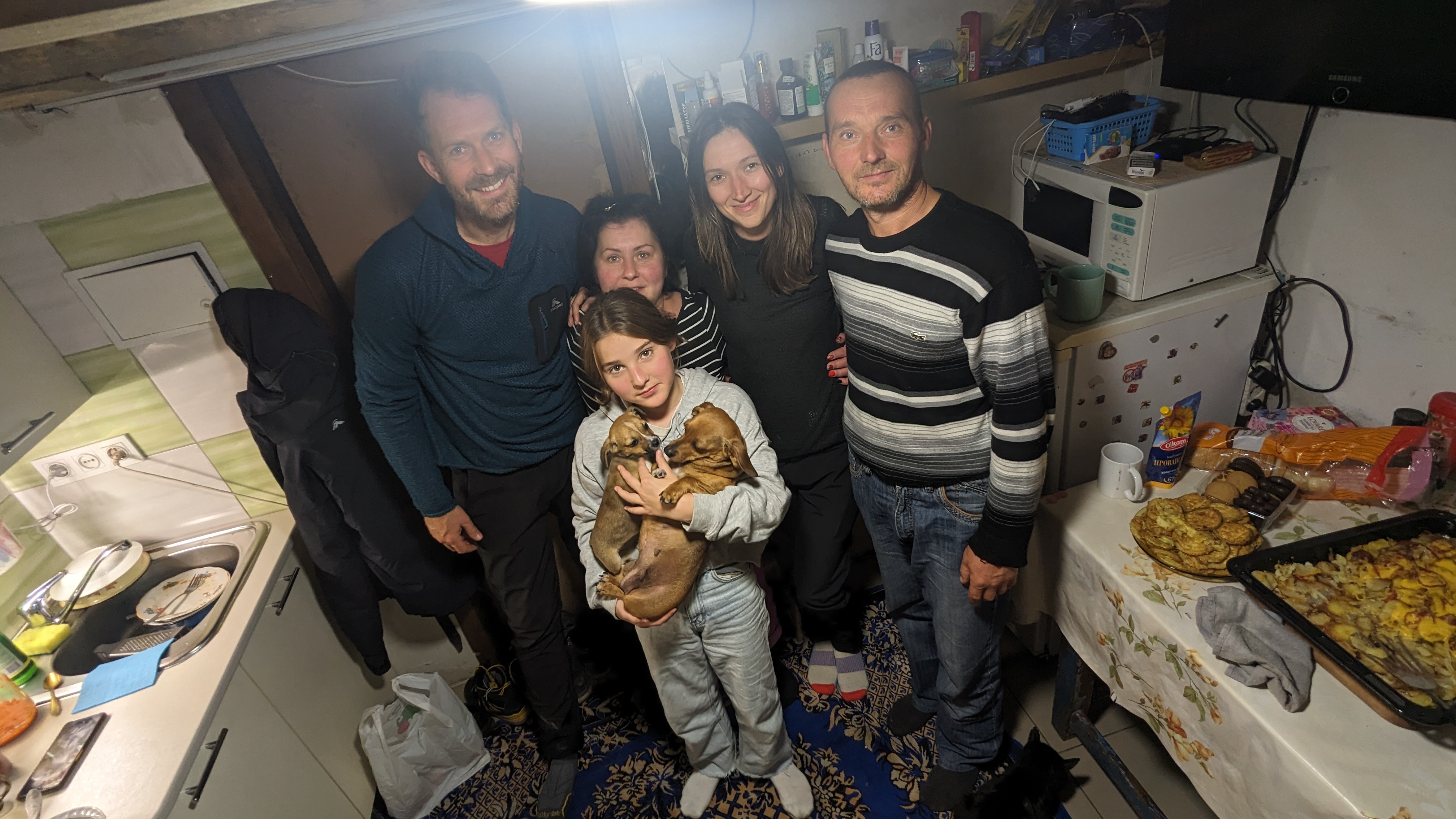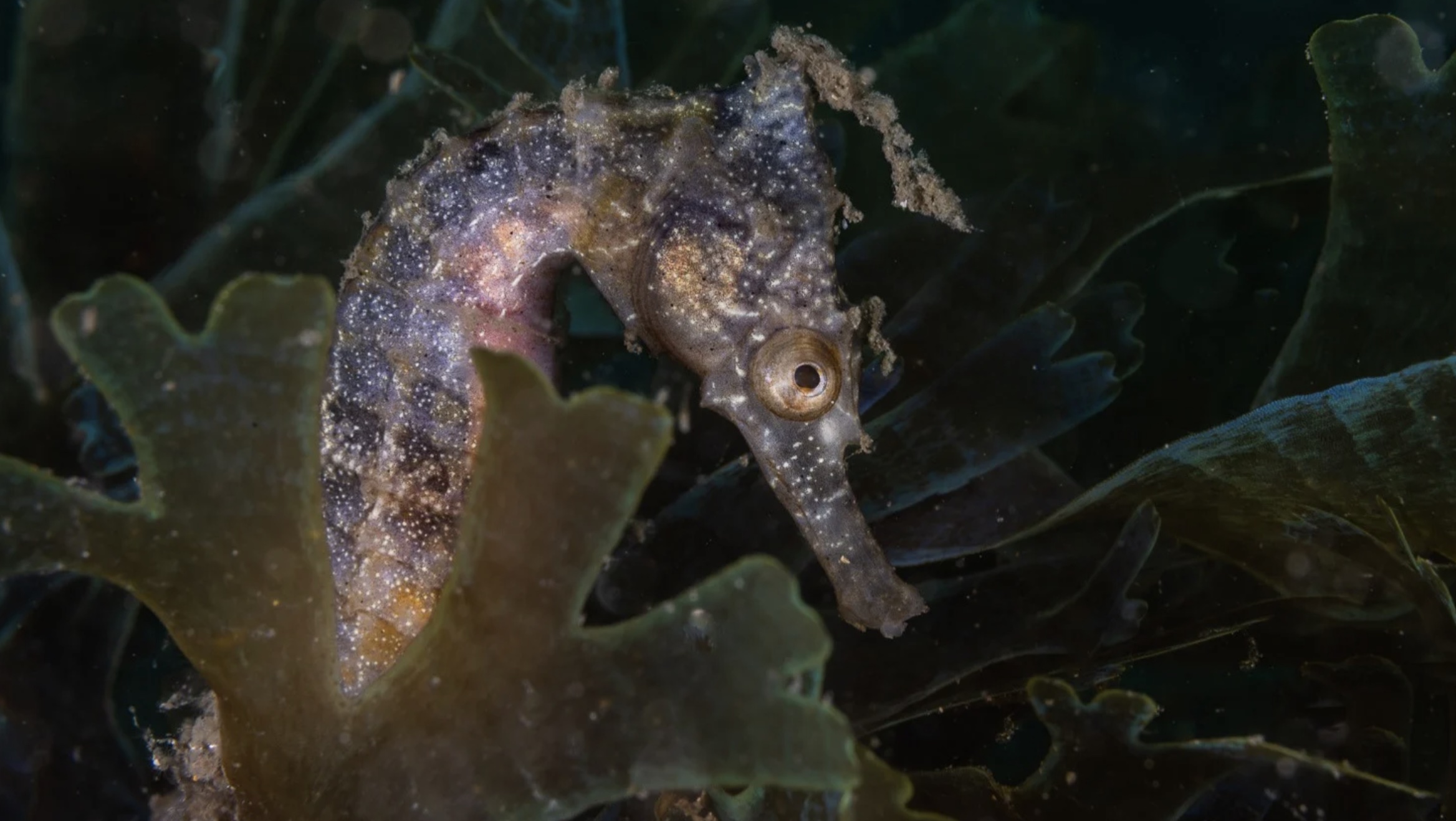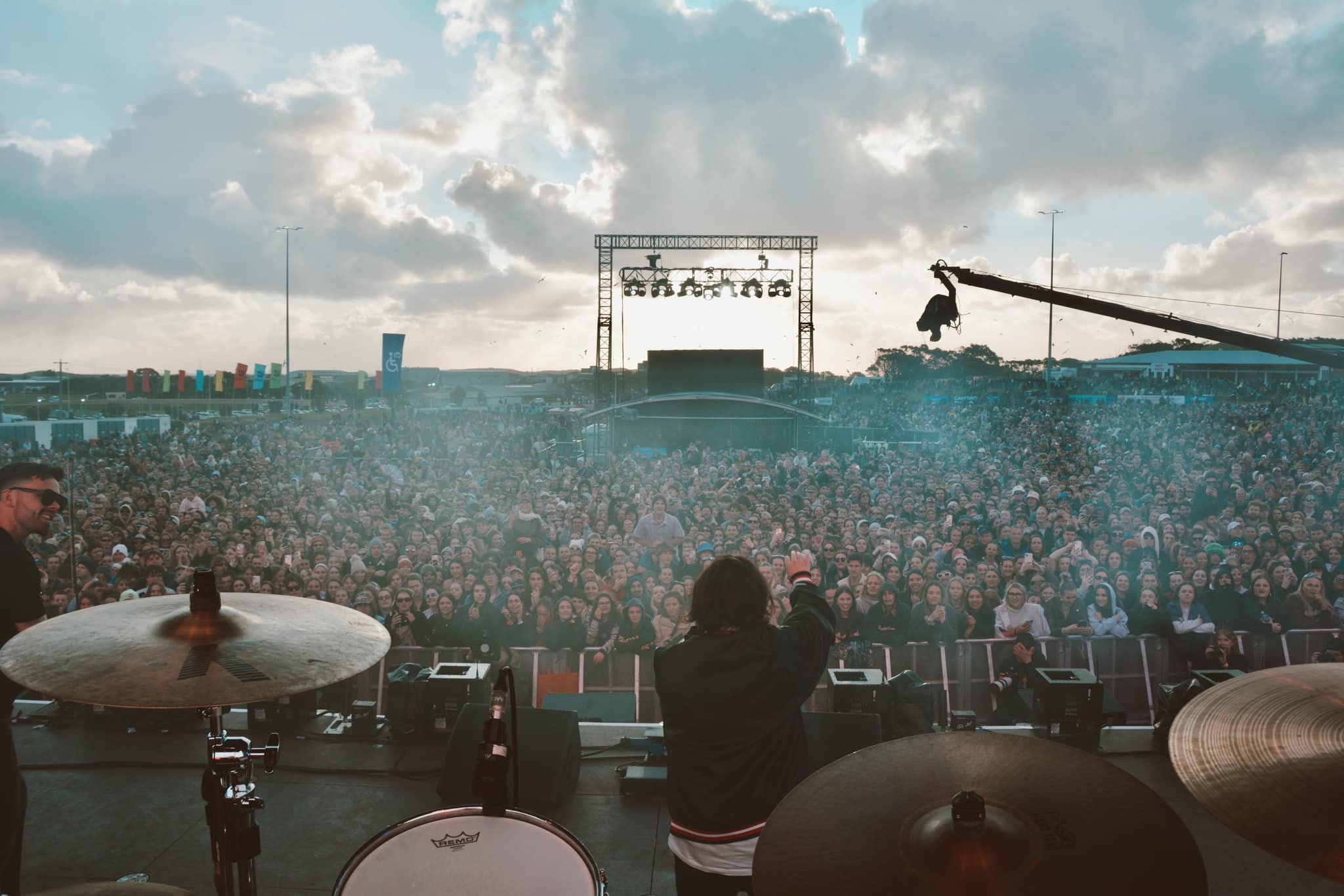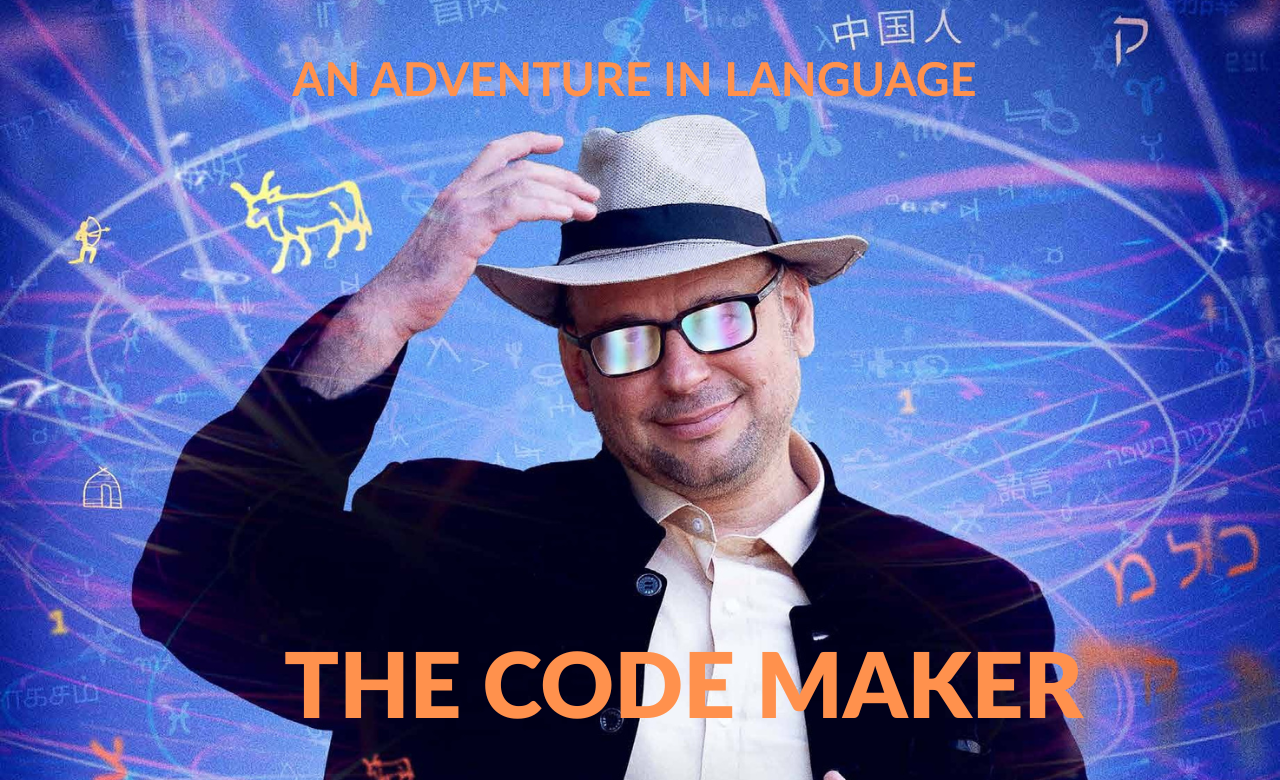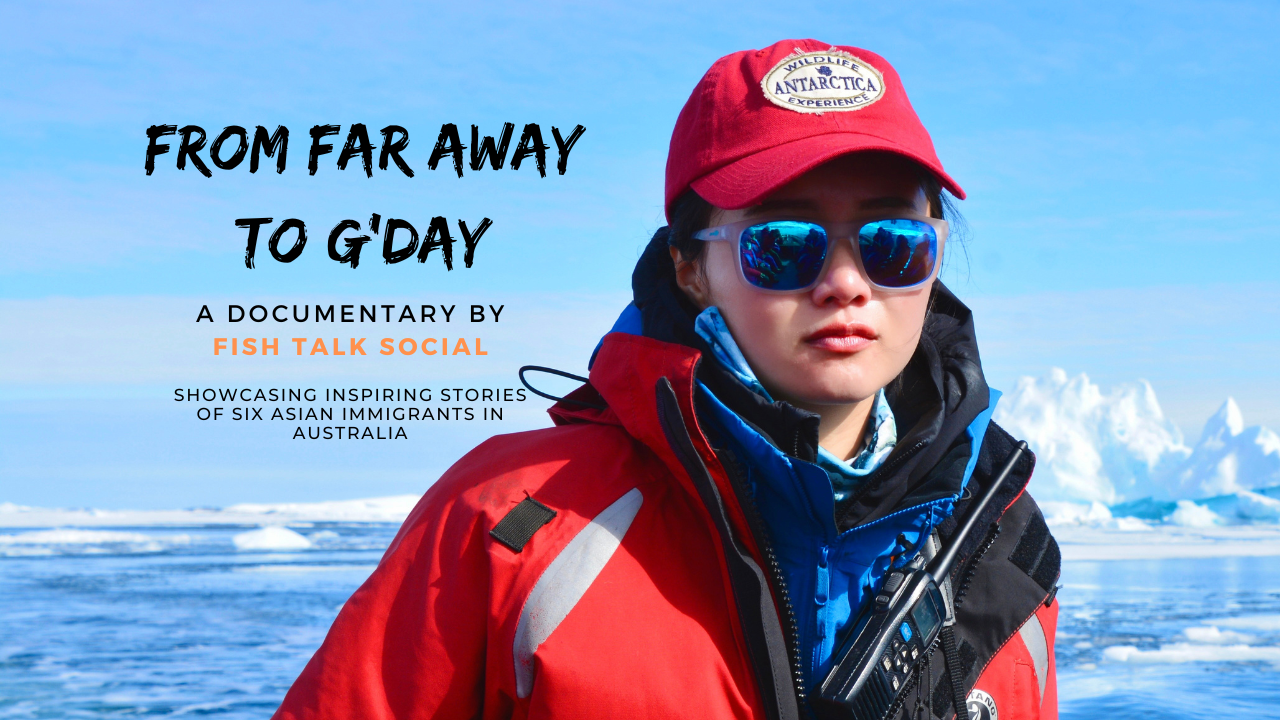“The impact of armed conflict on children is everyone’s responsibility. And it must be everyone’s concern.” Graca Machel-Mandela
Polina’s narrative, born from the harrowing experiences of the Ukrainian invasion, unveils the profound impact of war on children. Her shattered innocence, the haunting fear in her dreams, and the abrupt end to her carefree childhood are stark illustrations of war’s devastating consequences. Yet, Polina’s story transcends personal trauma, echoing the generational trauma inflicted by conflict. Her grandmother’s wartime experiences, a chilling reminder of history repeating itself, underscore the enduring legacy of war.
Her dream of becoming a veterinarian, a beacon of hope amidst despair, reveals a child’s innate compassion and resilience. Her desire to heal animals, intensified by witnessing the suffering and abandonment of pets during the conflict, is a poignant metaphor for the healing needed on a global scale. Polina’s words, “The bones need to be broken again and set right,” encapsulate the profound truth that true healing requires acknowledging and addressing the root causes of pain.
This documentary is a clarion call for global action to protect the 465 million children trapped in conflict zones. It compels us to recognise that children like Polina are not passive victims, but agents of change, and their dreams and resilience offer a blueprint for a more compassionate and peaceful world. By supporting humanitarian aid, mental health services, and initiatives that amplify the voices of children affected by war, we can strive to break the cycle of violence and create a future where children’s dreams are not shattered but nurtured.
The documentary is told through the empathetic lens of Polish/Australian director Agnes Burrell, whose family history goes back to the First and Second World Wars in Poland. Polina’s story and point of view expose the complex nature of war, culture, and generational damage. The film sheds light on the war atrocities in Ukraine while also exploring the profound capacity of children to endure, adapt, and ultimately find hope.
But what does that hope look like?

